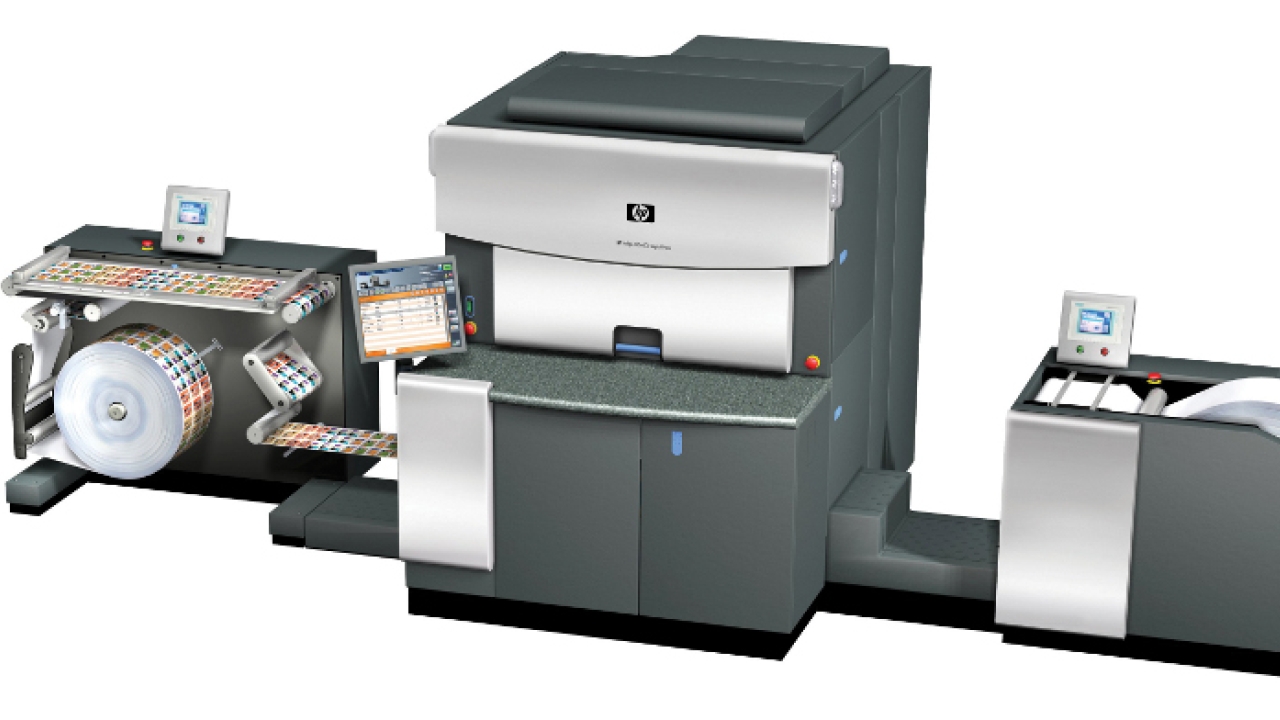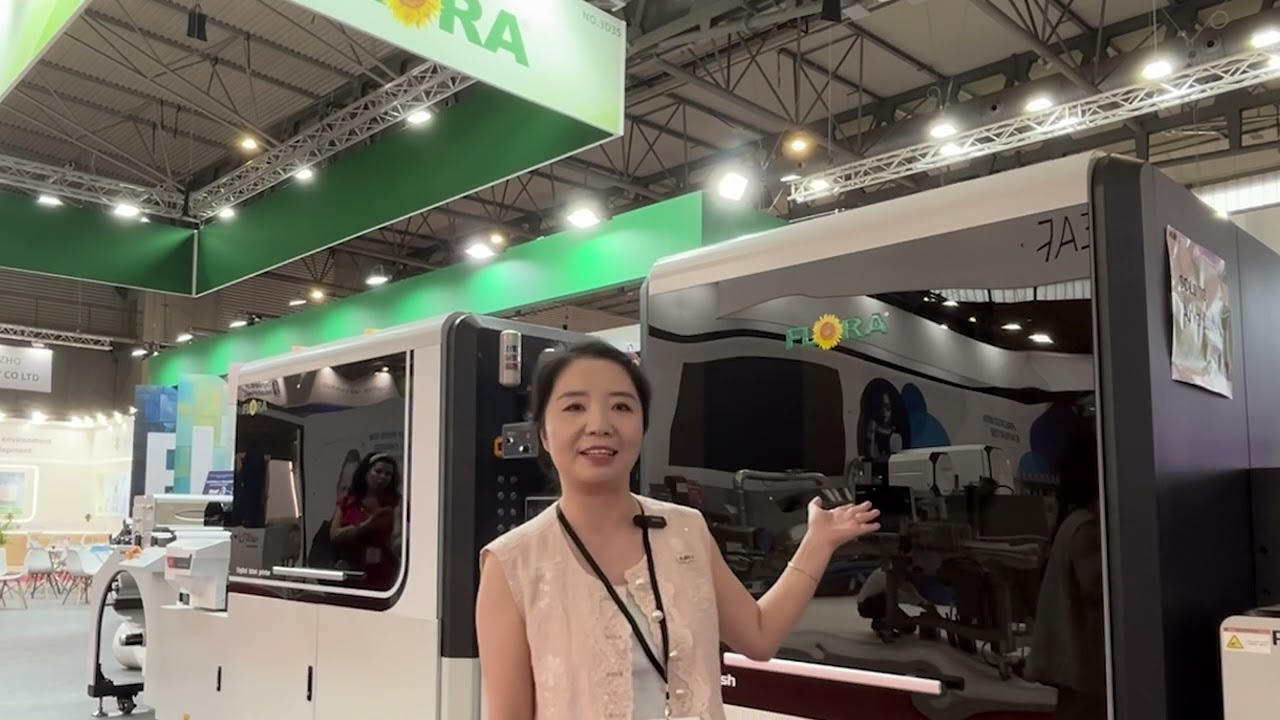Digital revolutionizes brand marketing

Mike Fairley reviews the way digitally produced labels are now changing the way brand owners are looking to sell and market their products and enhance the shopping experience
There can be little doubt that the label industry has been undergoing a fundamental change in the way it manufactures and sells labels – whether in pre-press and platemaking, in press design and processes, in how it manages workflow, in inspection technology, and, indeed, in terms of the environmental impact of labels.
At the core of much of this change has been an explosion in digital technology; not just in digital presses printing by the electrographic and inkjet processes, but digital in terms of the whole label order-taking, planning, preparation, printing, inspection and finishing processes.
Essentially, there has been something of a revolution in the world of labels, driven by technology moving forward and label users demanding a whole host of innovative solutions that will enable shorter runs, quicker response, reduced lead times, higher quality, more variations and versions and solutions that will help to drive down label costs or add-value to the printed product.
Digital technology is also going beyond the scope of traditional label converters and taking them into new solutions that enable the converter to transmit label job files around the world, to send proofs electronically and digitally to customer desks, to create virtual images of labels on bottles or packs and on retail shelves, to plan pallet loadings, to personalize individual labels and much more.
However, it is undoubtedly the rapid growth in the number of installations of digital label printing presses within the worldwide roll-label industry over the past seven or eight years that has really begun to revolutionize the way that labels are produced and used. Since 2003, when HP Indigo and Xeikon brought out their first new generation industry-standard models, well over 1,200 digital label presses have been installed, not just in Europe and North America, but in India, China, the Middle East, Australia, New Zealand, South America, South East Asia and South Africa.
Such a global presence of a new technology in such a short period of time is probably unprecedented in the label industry and says much for what digital presses have been able to bring to self-adhesive label production and usage. Certainly, as run lengths have shortened, traditional litho and flexo have sometimes appeared to struggle to meet the changing needs of label production.
Digital printing technology is well suited to these fast turnaround requirements, short deadlines, short run lengths, inventory minimization and waste reduction. ‘With brand managers cutting not just production costs but also inventory costs and waste,’ says Jan De Vooght, Agfa’s global sales director for its Dotrix industrial inkjet press. ‘It is no longer a case of "make then sell". The speed of digital press technology means that ‘sell then make’ is fast becoming the new philosophy.’
While digital label printing has achieved most success to-date in some of the more specialized and shorter-run applications such as for on-demand production of pharma labels, for many wineries, for event or season-dependent short-run food labels, for some personal care products and for industrial applications, it is now on the brink of a major explosion in demand as global brand owners increasingly evaluate the marketing opportunities that digital can bring.
‘Forget just printing,’ adds De Vooght, ‘digital press technology now enables endless print possibilities that are simply not financially practical with litho or flexo. A digital press easily handles late design changes and is the natural choice for short/medium run lengths due to the simple workflow and plateless approach. With a digital press it is simple to co-brand packaging with the name of the retail outlet or the name of a special promotion. It is a proven way to gain extra "presence" in the battle of the shelves and increase sales.’
This brand message is also emphasized by Alon Bar-Shany, vice president and general manager, Indigo Division, HP. ‘Today’s brand managers are looking for ways to add value and differentiate their brands. HP Indigo digital printing, with print quality as good as or better than flexo, enables brands to be quickly and easily refreshed and labels and packaging adapted quickly for seasonal promotions, special events or even language versions. Many brand managers have also discovered the benefits of using digital printing for prototyping and market trials, where cost-effective test products may be produced on final substrates.’
A new Commercialization Assessment Report for the narrow web label sector by Karstedt Partners also identifies ‘the significance of digital print to consumer products companies (CPCs) with its capacity to streamline the process of reaching the consumer in a new way on the store shelf, while at the same time alleviating resources that can then be reallocated to nurturing the ensuing customer experience through such modern channels as social media and interactive packaging schemes.
‘The fundamental drivers for digital adoption have increased in the last few years and the drivers will only continue to gain strength, particularly when it comes down to reaching the consumer and making the sale.’
In the report, Michael Ferrari, president of Ferrari Innovation Solutions – who brings to the industry over thirty years of product packaging experience at The Procter & Gamble Company – describes digital print as a disruptive technology because of the various solutions it can provide a CPC. ‘It’s not just about the printed product,’ he says. ‘One of the most difficult tasks of a brand manager today is reaching the consumer.
‘Digital printing allows a brand owner to communicate with today’s consumer by maintaining relevancy with the latest trends or current events. The ability to change graphics and to print variable data text means that different codes can be placed on packages to create new mobile shopping interactions. These codes can connect to online websites that create different consumer experiences.’ Talking to Labels & Labeling, Ferrari believes we are now moving from an era of mass production to one of mass customization. ‘The internet and social media are changing our world and part of our everyday lives. Shopper behaviours are being transformed while digital printing capability is quickly increasing. The power of the virtual world and the packaging world are colliding, enabling new business models. Best in class case studies will bring to life how mass production is shifting to mass customization. Will the label industry be ready?’
Certainly, brand owners today view digital as a far more encompassing tool than just print, with many potential mainstream end-users evaluating its acceptability for their markets. Digital printing undoubtedly fits well into the modern supply chain and the need to simplify complexity, improve speed-to-market, limit tied up assets, be more sustainable and reduce cost.
Add the latest MIS front-end opportunities from software suppliers like Tailored Solutions, Radius and Cerm, and converters can now re-align and streamline their processes to better suit end-user demands and offer the potential for both converters and end-users to better manage their business expectations and to increase margins. It is easy to see why.
Today, customers no longer need to order 20,000 labels if they only require a few thousand, and they no longer need to keep excess stock. Instead, they can just re-order labels in short-runs at any time and be confident of a quick turnaround and delivery – a crucial requirement for many retail customers who need to order labels to promote the latest campaigns at short notice.’
‘More and more print buyers are just buying what they need for the coming month rather than committing to a yearly volume,’ says Jordi Grau, executive director at MDP, a leading supplier of label printing equipment in Spain and Portugal, that has recently expanded its portfolio to include Xeikon digital label presses. ‘This reduces their working capital and provides much more flexibility in product decoration.’
Put together, all the feedback and comments from industry leaders, print buyers and brand owners is that they are now coming to realize that digital printing is no longer just about print. Nor is it just about competing with conventional analogue label presses. Digital printing is a technology that has the potential to revolutionize the way product manufacturers, brands owners, small and large businesses, etc, organize and run their operations, manage their supply chain, improve time-to-market in the future.
On route to achieving this label user revolution, digital printing is also creating a revolution in the label industry – with new technology solutions, new ways of working, and different label converter business models. Digital increases the market for labels, enables the economic labeling of products that were not previously feasible with conventional printing, and offers the capability of providing totally new services that, in turn, generate additional income and growth for the label industry.
So where does digital label printing stand today? Well, there are close to 1,500 digital label presses already installed worldwide; more than 250 installations are expected to be made in 2011 – equating to around 17 or 18 percent of all new label presses installed in the year – and with digital print now in excess of six or seven percent of all labels printed by volume; significantly higher by value.
While most of the initial installations were of electrophotographic presses from either HP Indigo or Xeikon, the last few years have seen an increasing number of UV inkjet installations led by EFI Jetrion and Agfa Dotrix and, more recently, by newer players such as Durst, Domino, Stork Prints and others. Indeed, there are now well over 30 different makes and models of inkjet label presses in the market.
Add to that the increasing success now being found in the installation of combination analogue/digital presses, such as the Nilpeter Caslon, and it can be readily seen that digital is undoubtedly here to stay.
New developments in digital label press technology will only help to increase the rate of digital press installations in the world of labels. Digital label presses are getting faster, they are getting wider, they are getting better resolution and performance, they are being enhanced by ever-more sophisticated front ends and workflow solutions. LED-curing of inkjet will also open up new opportunities.
However, at the end of the day it will the big brand owners and label users that dictate the ultimate success of digital label printing as they come to realize the ever-increasing benefits that digital can offer to their businesses. That day will be the day that digital label printing turns from a trickle into a flood. It’s getting ever closer.
Pictured: HP Indigo's WS6000 press
This article was published in L&L issue 3, 2011
Stay up to date
Subscribe to the free Label News newsletter and receive the latest content every week. We'll never share your email address.


